Introduction
Hey there, fellow dog parents! If you’ve ever wondered, "How do I socialize my dog?" you're in the right place. Socializing your furry friend is one of the most important aspects of raising a happy, well-adjusted dog. Not only does it make life more enjoyable for your pup, but it also makes your life a lot easier too! In this article, we'll dive into everything you need to know about socializing your dog, from the basics to advanced tips. Let’s get started!
Understanding Dog Socialization
What is Dog Socialization?
Dog socialization is the process of exposing your dog to different environments, people, and other animals in a way that helps them learn to react positively. This means getting them accustomed to a variety of sights, sounds, smells, and experiences.
Why is Socialization Important?
Proper socialization can prevent behavioral problems and anxiety, making your dog more comfortable and confident. It helps your pup learn how to interact appropriately with other dogs and people, reducing the risk of fear-based aggression or nervousness.
When to Start Socializing Your Dog
The Critical Socialization Period
The best time to start socializing your dog is when they are a puppy, typically between 3 to 14 weeks of age. This is when they are most open to new experiences and learning how to respond to their environment.
Can Older Dogs be Socialized?
Absolutely! While it might take a bit more time and patience, older dogs can also be socialized successfully. It’s never too late to start, and with consistent effort, you can help your dog become more comfortable in social settings.
Preparing for Socialization
Assessing Your Dog’s Temperament
Before you begin, it’s crucial to understand your dog’s personality. Are they naturally curious and outgoing, or more reserved and cautious? This will help you tailor your approach to their needs.
Gathering Necessary Supplies
Have a leash, treats, toys, and any other comfort items ready. These will help in reinforcing positive behaviors and making your dog feel secure during new experiences.
Introducing Your Dog to New Environments
The Home Environment
Start at home where your dog feels safe. Introduce them to different rooms, household noises, and visitors. This creates a foundation of familiarity before venturing outside.
Outdoor Spaces
Gradually take your dog to different outdoor environments like parks, busy streets, and pet-friendly stores. Let them experience various sounds and smells, but always keep their comfort in mind.
Meeting Other Dogs
Choosing the Right Dogs for Introduction
Pick calm and friendly dogs for initial introductions. Avoid overly aggressive or hyperactive dogs that might overwhelm your pup.
Supervised Playdates
Arrange playdates with well-behaved dogs in a controlled setting. Keep interactions short initially and gradually increase the duration as your dog becomes more comfortable.
Socializing with People
Family Members
Start with family members. Let them pet, play, and spend time with your dog. This helps build trust and positive associations with humans.
Strangers and Friends
Slowly introduce your dog to friends and strangers. Use treats and praise to reinforce calm behavior. Encourage gentle interactions and avoid overwhelming your dog with too many new faces at once.
Socialization Activities
Dog Parks and Pet-Friendly Areas
Dog parks are fantastic for socialization. Your pup can meet a variety of dogs and people in a controlled environment. Just ensure they’re comfortable before visiting frequently.
Training Classes and Groups
Enroll your dog in training classes. These not only teach obedience but also provide great socialization opportunities with other dogs and their parents.
Using Positive Reinforcement
Treats and Rewards
Positive reinforcement is key. Reward your dog with treats when they display calm and friendly behavior. This encourages them to repeat these actions.
Praise and Affection
Don’t underestimate the power of praise. Verbal affirmations and petting reinforce positive behavior and strengthen your bond with your dog.
Handling Socialization Setbacks
Recognizing Stress and Anxiety
Watch for signs of stress such as trembling, excessive panting, or hiding. If your dog seems overwhelmed, take a step back and provide comfort.
Addressing Aggression or Fear
If your dog shows aggression or fear, don’t force interactions. Instead, consult a professional trainer to develop a tailored approach for addressing these issues.
Consistency and Patience
Building a Routine
Consistency is crucial. Regular exposure to social situations will help your dog become more comfortable over time. Stick to a routine to build their confidence.
Staying Calm and Positive
Your dog picks up on your emotions. Stay calm and positive, especially during challenging situations. Your reassurance can make a big difference in how they react.
Socializing During Walks
Leash Training Tips
Ensure your dog is well-leash trained. This gives you better control during walks and helps in managing their interactions with other dogs and people.
Encountering Other Dogs and People
Use walks as an opportunity to practice socialization. Allow your dog to greet other dogs and people calmly. Reward them for good behavior to reinforce positive experiences.
Travel and Adventures
Car Rides
Introduce your dog to car rides gradually. Start with short trips and reward them for staying calm. This prepares them for longer journeys and reduces travel anxiety.
Visiting New Places
Take your dog on adventures to new places. Beaches, hiking trails, or even a friend’s house can provide new experiences that enhance their social skills.
Professional Help
When to Seek a Trainer or Behaviorist
If you’re struggling with socializing your dog, don’t hesitate to seek professional help. A trainer or behaviorist can provide expert guidance and techniques tailored to your dog’s needs.
Choosing the Right Professional
Look for a certified professional with experience in dog behavior and socialization. Read reviews, ask for recommendations, and ensure they use positive reinforcement methods.
Conclusion
Socializing your dog is a journey that requires patience, consistency, and a lot of love. By following these tips, you can help your dog become a well-adjusted, happy member of your family. Remember, every dog is different, so go at your dog’s pace and enjoy the process. Happy socializing!
FAQs
What if my dog is scared of other dogs?
Take it slow. Start with brief, controlled introductions to calm dogs and gradually increase the duration and complexity of interactions. Patience and positive reinforcement are key.
How long does it take to socialize a dog?
It varies depending on the dog’s age, temperament, and past experiences. Some dogs may take weeks, while others might take months. Consistency and patience will speed up the process.
Can socialization prevent behavioral problems?
Yes, proper socialization can prevent many behavioral issues such as anxiety, aggression, and fear. It helps your dog become more adaptable and confident in different situations.
What if my dog shows signs of aggression?
If your dog shows aggression, it’s best to consult a professional trainer or behaviorist. They can assess the situation and provide a customized plan to address the behavior.
Are there specific breeds that are easier to socialize?
While some breeds may have more social tendencies, every dog is unique. The key is consistent and positive socialization efforts tailored to your dog’s individual needs.


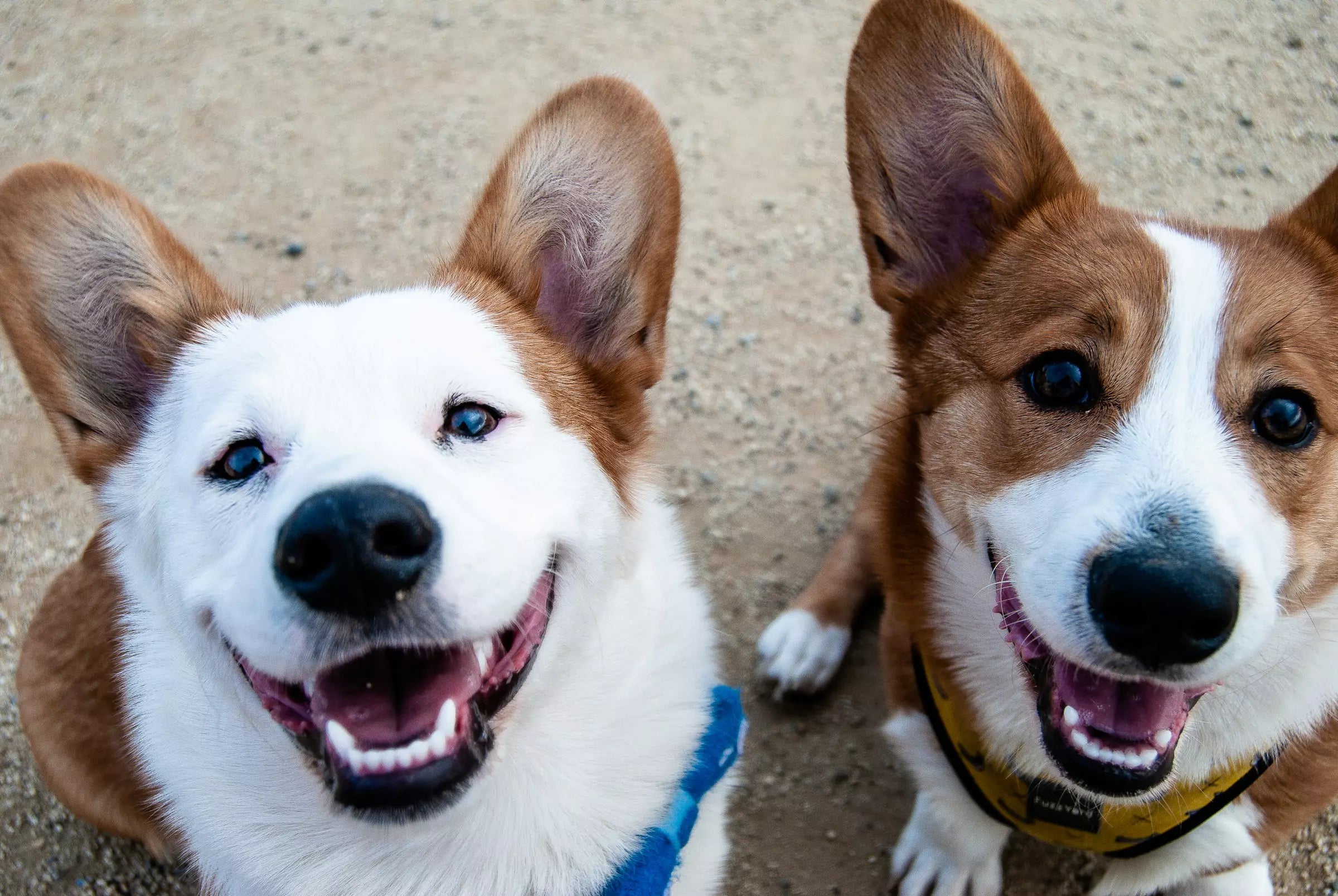
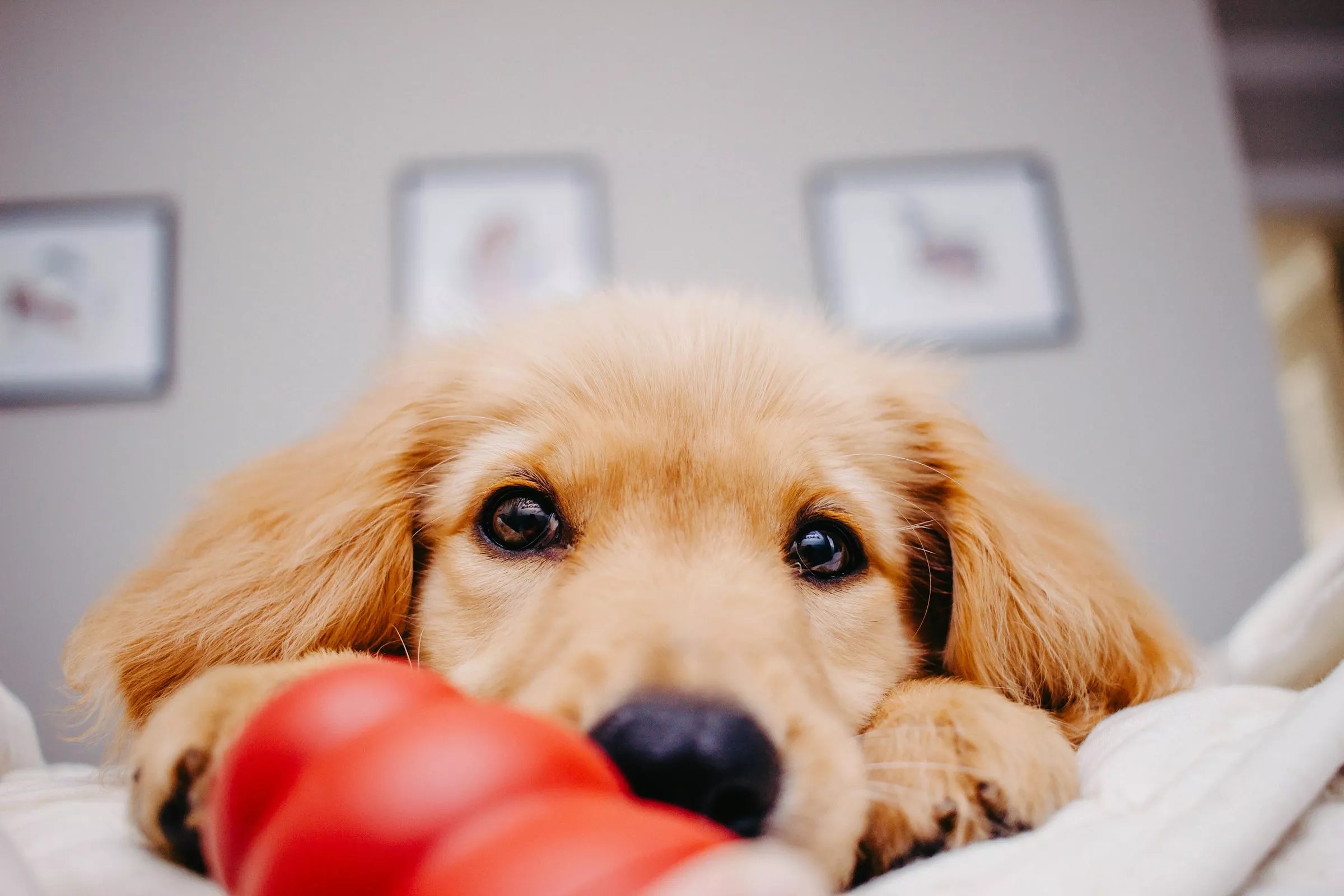
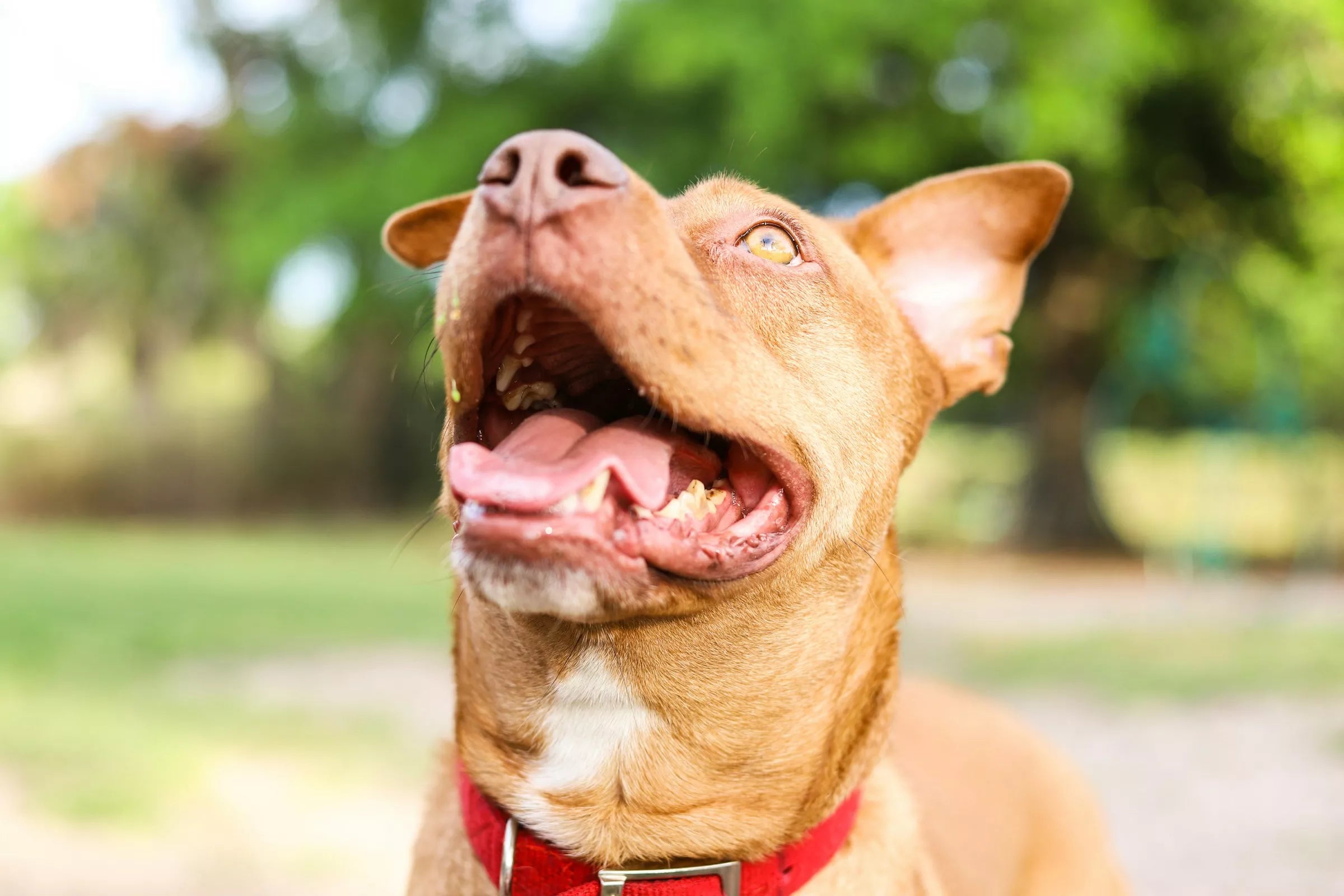

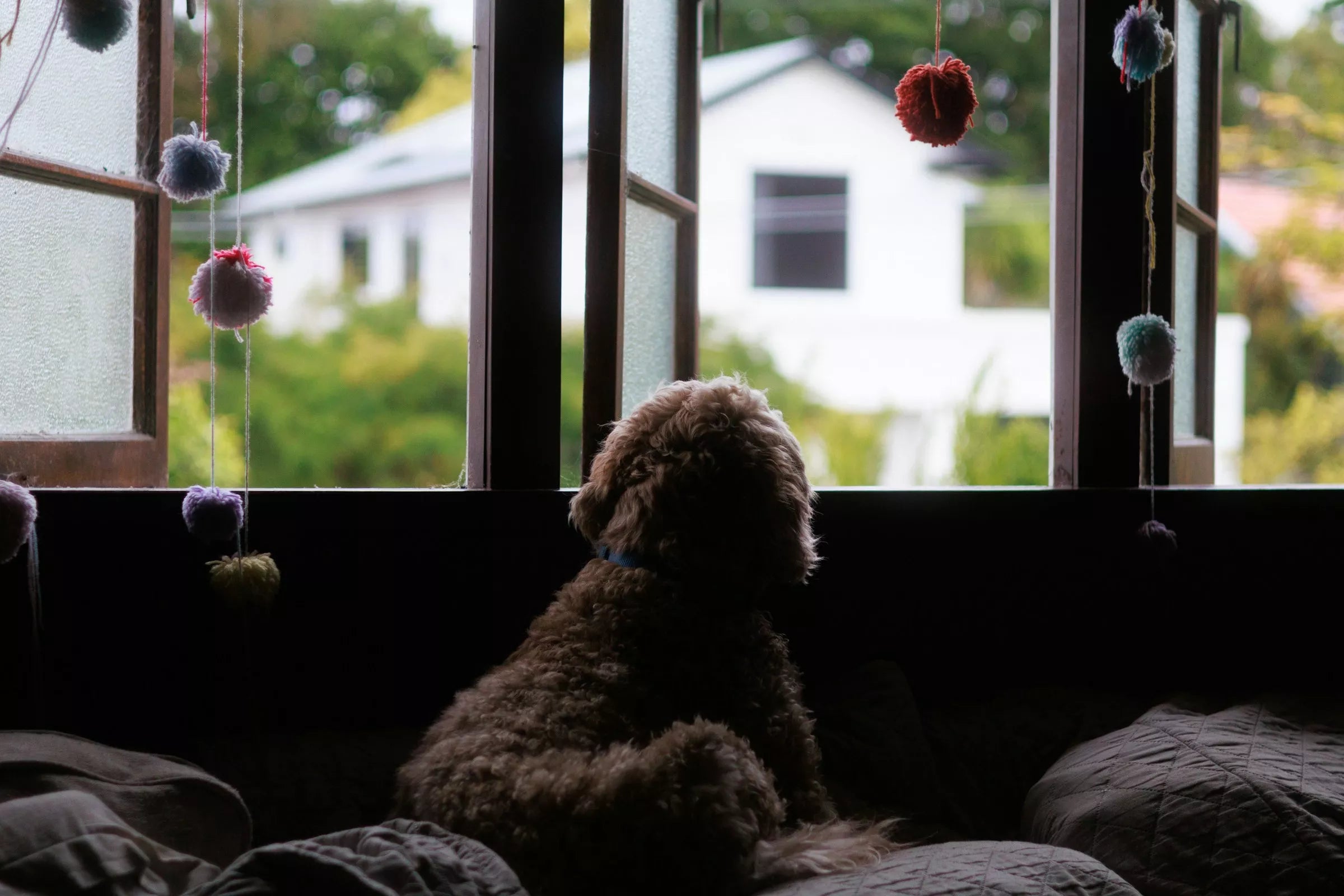
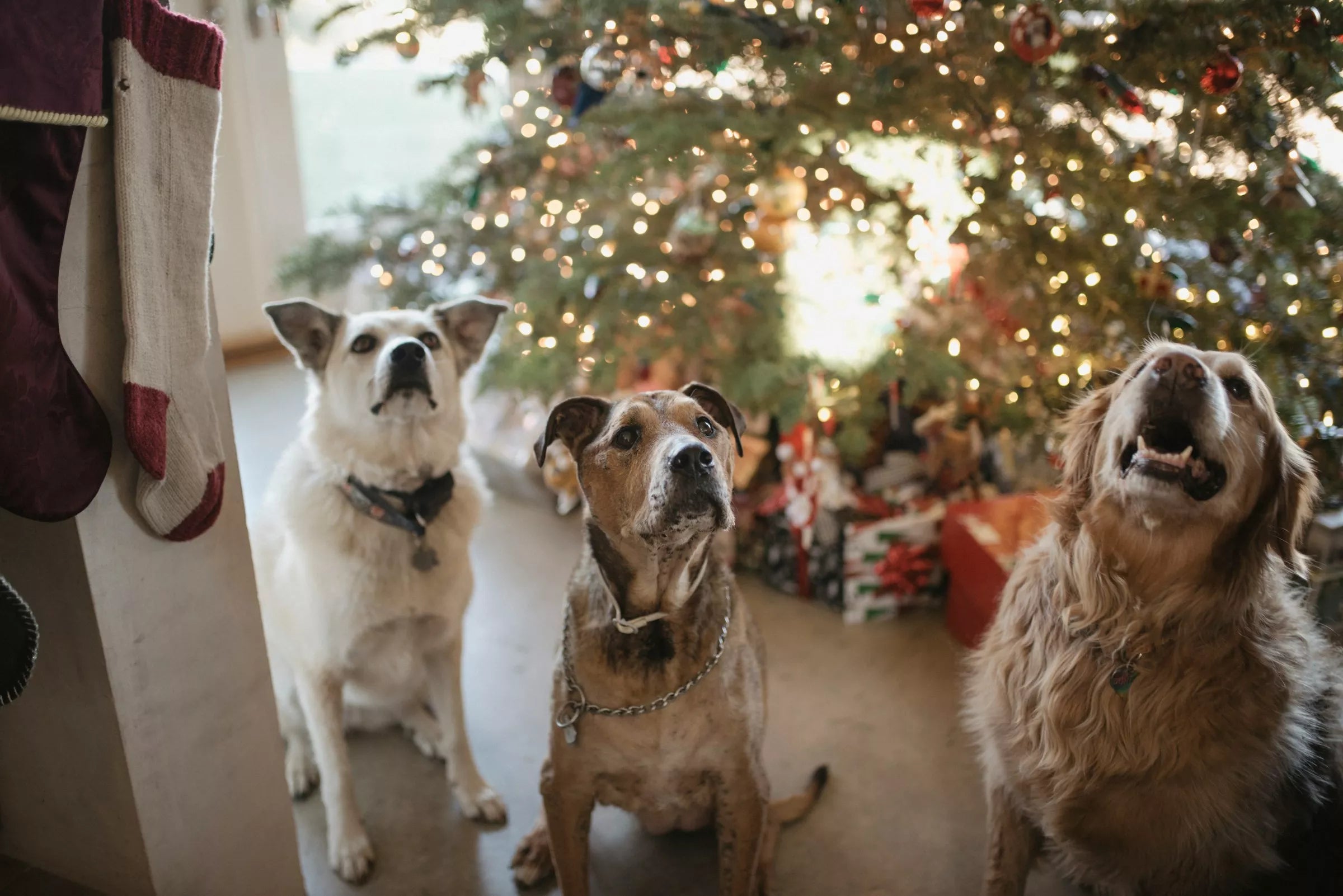
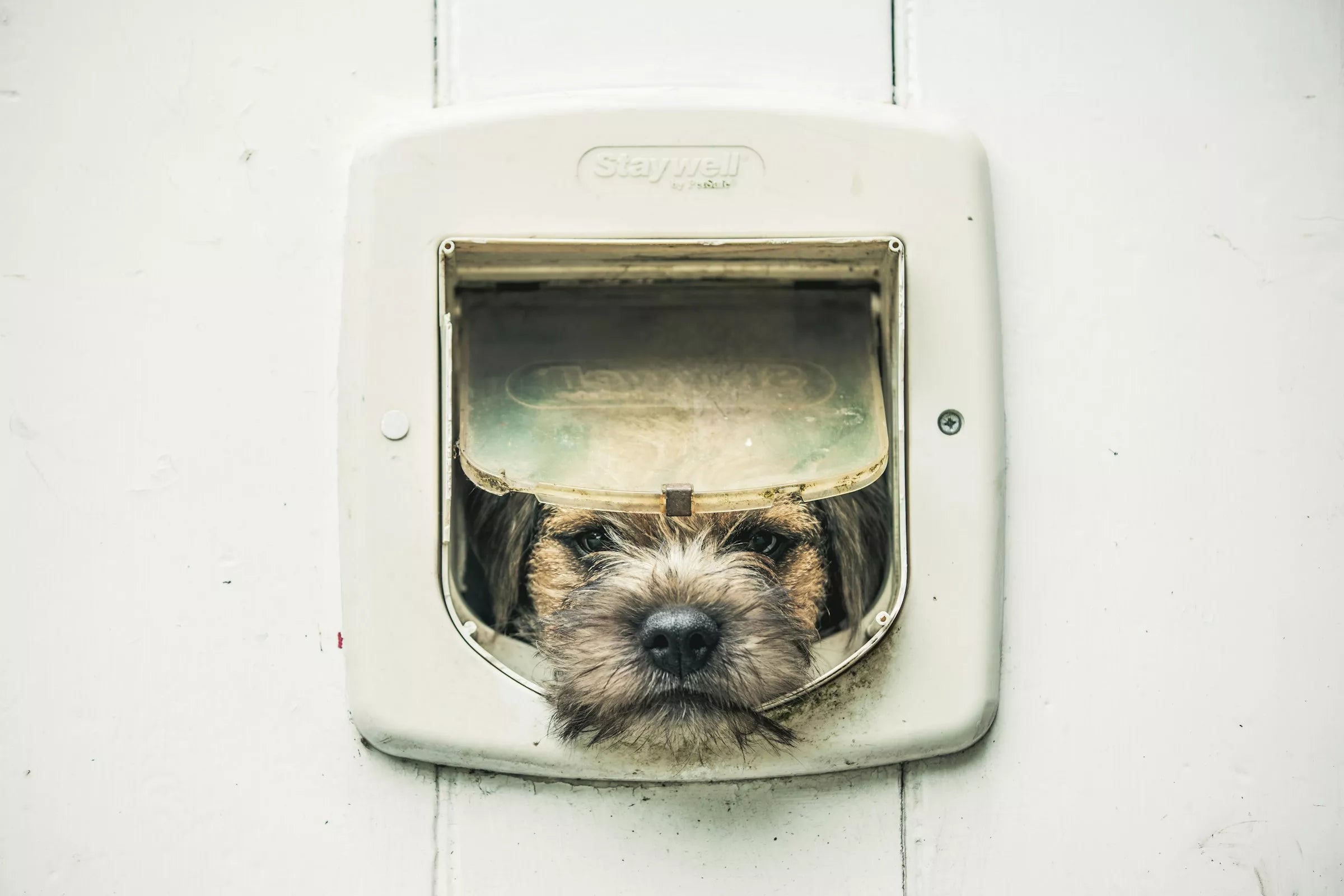






Share:
The Benefits of Adopting a Senior Dog
How to Travel with Your Dog: Tips for a Stress-Free Trip